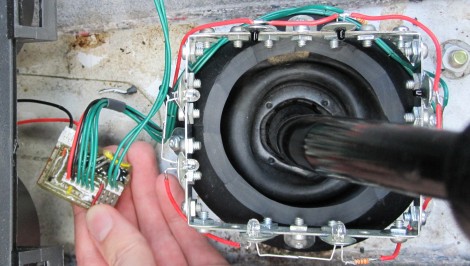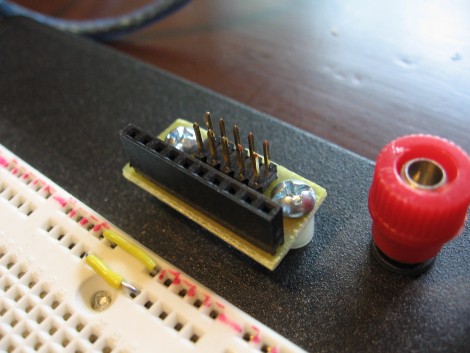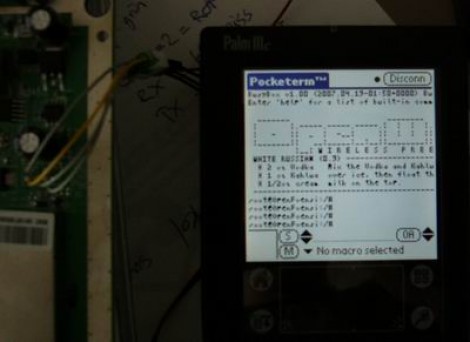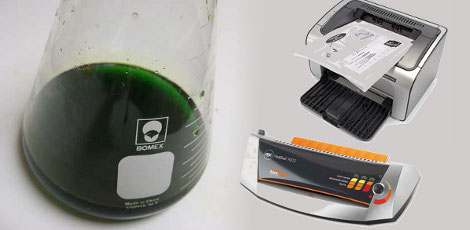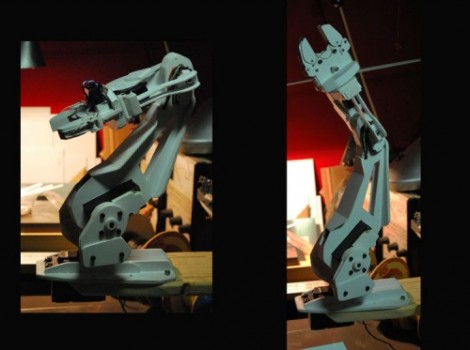[youtube=http://www.youtube.com/watch?v=D4Yq3glEyec]
It’s no surprise that we’re wild about 3D printing, especially [Devlin]. Now we’re absolutely out of our minds for this multi-material polyjet machine that is featured in the video above. Before we go any further it’s worth mentioning that this post is not advertising, we just think this machine is unbelievable.
It is capable of printing 600 dpi in 3D using multiple materials at the same. Two types of rigid material, one like ABS and the other like polypropylene, as well as seven levels of a soft material all exist on the same print head. They can be deposited along with a support material at the same time. In the video you can see enclosures that come out of the printer with rubber-like padding already mounted in the hard plastic shell. They even show a bicycle chain that is fully assembled after printing. Cost for these machines? We don’t want to know, it’s just fun to dream about having unrestricted access to one.

